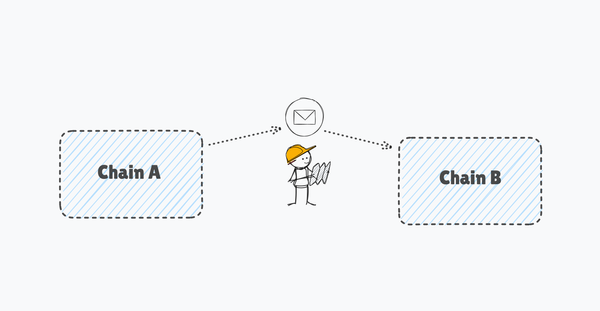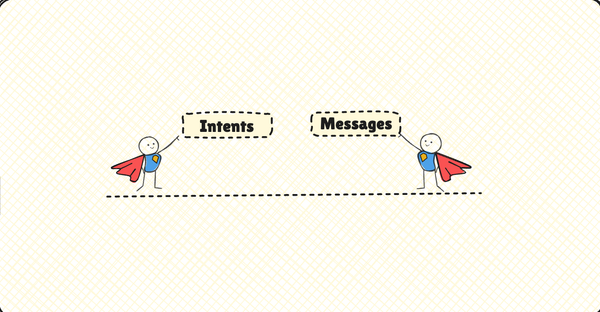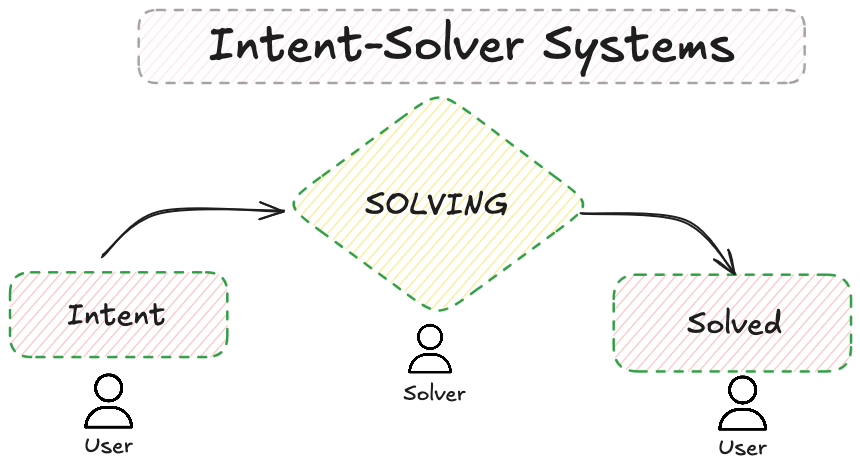How Ethereum’s Proof Of Stake saved the very Ideology of Blockchain?

One can never deny the fact that change of any form in the pre-existing methodologies has always been troublesome for humans to accept. This is why there always exists a majority of the population that wholeheartedly acts as resistance to change.
Now considering Blockchain, a technology that single-handedly challenged the entire deep-rooted mechanism of security and transparency on the internet, did face similar resistance. However, since the inception of Blockchain and after enormous debates, some of the superpowers like China, the USA, and Japan are gradually realizing their true potential.
But soon enough Blockchain began to bother the majority of the world and was again a debatable technology that seemed unreliable to many. Well, truth be told, one of the major reasons for this concern regarding the future of Blockchain was embedded deep with the consensus algorithm of Proof of Work.
The Ugly Face of Proof Of Work
Since its evolution, Proof of Work literally proved its worth as an effective antidote to cyber attacks like DDoS. It undoubtedly seemed a reliable consensus mechanism for verifying the legitimacy of every transaction in the network. Thus, preventing the major issue of Double-Spending that remains unsolved for years.
The terrifying concerns with Proof of Work came into the picture after a long time and they were alarming to an extent that made the entire technology of Blockchain questionable.
How exactly does PoW destroy Blockchain’s Reputation?
Never-Ending Appetite For Electricity:
In simpler terms, Bitcoin’s Proof of Work basically achieves consensus by making all nodes solve a massively complex cryptographic puzzle, which is solved by Miners and the first one to solve gets the reward.
Now, this immense competition of mining the blocks first has made miners build massive mining farms with heavy computational resources capable of carrying out incredibly complex calculations. As a result, this entire process ended up consuming tremendous electricity.
In fact, as per the Digiconomist’s Bitcoin Energy Consumption Index, the energy consumed by Bitcoin miners alone has jumped from 54 TWh on December 2019 to 77 TWh in February 2020.

An effective analysis of this data quite clearly shows that the amount of energy used by the Bitcoin Miners is literally enough to power 5 to 7 million households in the US. In fact, this amount is nearly equal to the total energy consumption in countries like New Zealand as well as Hungary.
Threat To Decentralization:
Truth be told, the one most beautiful part of Blockchain that makes it one of a kind is its capability to ensure decentralization over the internet. Well, Proof of Work is a possible threat to it, and here’s how.
So let’s understand it this way, the PoW algorithm basically rewards those who have higher hash rates. In other words, those who do possess better as well as faster hardware to compute the cryptographic problem first. Thus the more processing power you have, the higher your hash rates and the more probable you are to mine the next block and receive the award.
Now here comes the ugliest part. In order to increase their chances of getting more rewards, the miners now started to form Mining Pools, where they first combine their hashing power to compute faster and then share the rewards earned by it among themselves.
While this might seem harmless, it briskly transforms Blockchain towards Centralization rather than Decentralization by making a few nodes on the network more powerful than the rest. And therefore, dismantling the only beauty of Blockchain.
Enters PROOF OF STAKE
It goes without saying that if Proof of Work persisted as the only consensus mechanism, the Blockchain would soon have entered a severe criticism zone, exiting which would have literally been troublesome.
Well quite, fortunately, on the 11th of July 2011, QuantumMechanic, a Bitcointalk forum user amazed the world with a new proposition called Proof of Stake. The proposition was really simple yet capable enough to eliminate the demerits of Proof Of Work with incredible efficiency.

Proof of Stake, in simpler terms, considers this entire idea of competing with each other to validate a transaction as wasteful. Oh yes! pretty direct right?
Therefore, rather than organizing a competition it simply uses an election process that ultimately selects one node randomly to validate the next block.
Note that Proof of Stake has nothing called Miners. In fact they have Validators who don’t mine but either mint or forge new blocks.
Moreover, this random selection of Validators isn’t as random as it seems. The validators are chosen based on their previous work done, i.e., the number hashes validated by a CPU or GPU. Not just this, but the node that has more coins in the network does have a higher probability of being selected as a validator, thus eliminating the competition process completely.
Proof of Stake- SAVIOUR of BLOCKCHAIN’S IDEOLOGIES
Careful observation will undoubtedly lead us to the fact that Proof of Stake is indeed the mechanism that saves the very ideology of Blockchain.
No Centralization (Eliminating the 51% Attack Threat)
As already discussed, Proof of Work, irresponsibly, lets everyone validate the blocks which have ultimately led to a point where miners gradually started combining their resources and forming Mining Pools, thus enhancing their chances of mining more blocks and earning more rewards.
Since these pools soon started controlling a large part of the network, thus centralizing the mining process which challenges the Blockchain’s idea of Decentralization.
Proof of Stake, on the other hand, doesn’t let everyone mine the blocks and chooses only those with enough experience as well as deposits. Therefore, there is absolutely no chance for validators to join hands and form a pool, yet No CENTRALIZATION. And since there is no centralization, the 51% attack threat is also minimized to a greater extent.
Reduced Power Consumption
The power consumption by this consensus mechanism turned out to be really low. Therefore, Proof of Stake is the one effective answer to the massive energy consumption by Proof of Work.
While Proof of Work uses 77 TWh of Electricity, Proof of Stake uses just 7.7 TWh as of now.


No Fraudulent Transactions
Since PoS chooses the validators randomly, a really concerning dilemma might pop up in your brain.
How can we Trust these Validators?
Well, Blockchain quite clearly believes in the fact that Internet is a Trustless community. And Proof of Stake respects this ideology.
PoS takes very good care of your transactions and provides a really strict policy for validators who try fraudulent transactions.
Just in case validators try to validate a fake transaction, the algorithm ensures that they lose an enormous part of their stakes.
In simpler terms, we can trust validators because if they approve fraudulent transactions, they lose more money than they gain through fraud. And, truth be told, no one would ever agree to such a bad deal.




